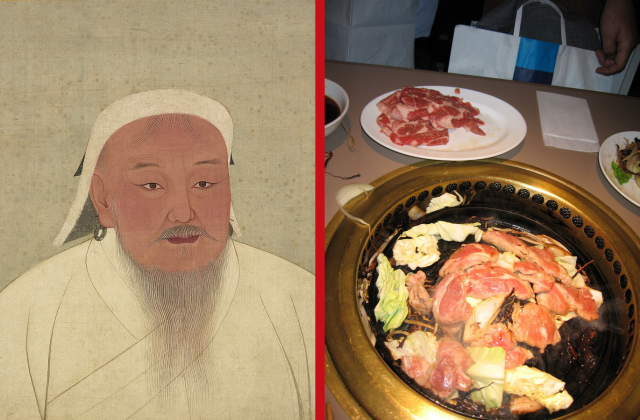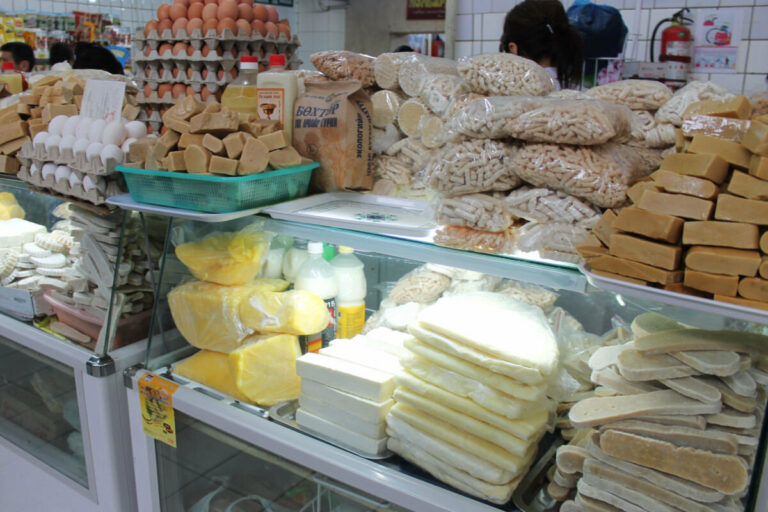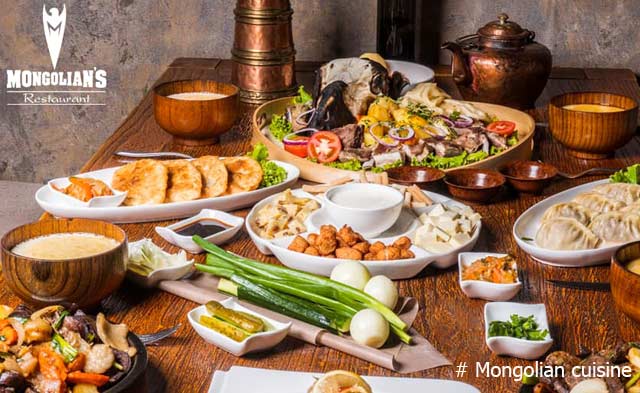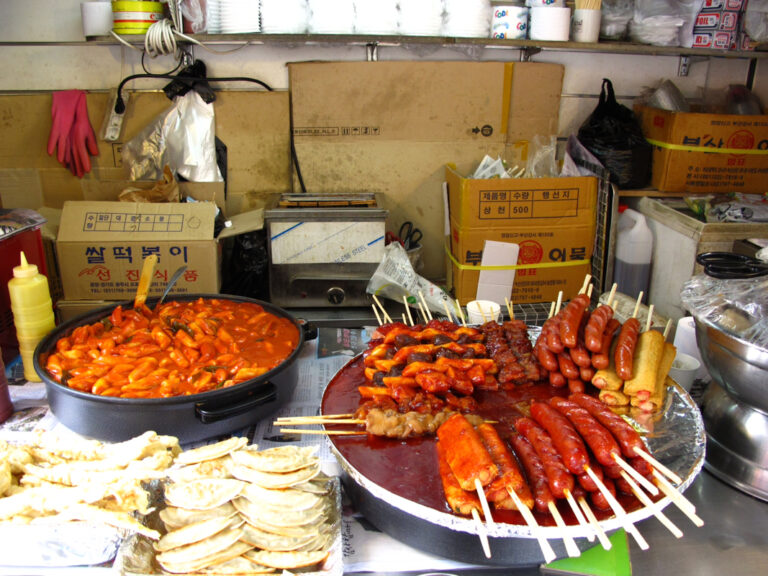Introduction: The Culinary Scene in Mongolia
Mongolia is known for its vast, open landscapes and nomadic culture, but its culinary scene also deserves attention. Traditional Mongolian cuisine is hearty and meat-heavy, with dishes like buuz (steamed meat dumplings) and khorkhog (mutton cooked with hot stones). However, in recent years, Ulaanbaatar, the capital city, has seen an increase in international restaurants, offering a diverse range of flavors for those looking to try something new.
Traditional Mongolian Cuisine
Traditional Mongolian cuisine is centered around meat, particularly mutton, due to the nomadic lifestyle of the country. Along with buuz and khorkhog, other staple dishes include bansh (boiled meat dumplings), tsuivan (stir-fried noodles with meat and vegetables), and boodog (mutton cooked inside its own skin). Dairy products like yogurt and cheese are also common, as well as snacks like airag (fermented mare’s milk) and aaruul (dried curds).
International Flavors in Ulaanbaatar
Ulaanbaatar has seen a rise in international restaurants in recent years, offering a taste of the world for locals and travelers alike. Japanese, Korean, Chinese, Italian, and Indian cuisine are just a few of the options available. Fast food chains like KFC and Subway can also be found in the city. Many of these restaurants are located in the city center, making it easy to sample different types of cuisine in one trip.
Top Restaurants for International Cuisine
For those looking to try international cuisine in Ulaanbaatar, some stand-out restaurants include The Bull (American-style steakhouse), Seoul Restaurant (Korean), Hazara (Indian), and Caffe Bene (Korean coffee shop chain). Fine dining options include Miko Dining (Japanese) and Metis Restaurant (European). It’s worth noting that prices for international cuisine in Mongolia may be higher than traditional Mongolian food, but the quality and variety make it a worthwhile experience.
Halal and Vegetarian Options
For those looking for halal or vegetarian options, Ulaanbaatar has a few restaurants that cater to these dietary restrictions. Hazara (Indian) is halal-certified, while Harvest Organic Lifestyle (European) and Luna Blanca (Mediterranean) offer vegetarian and vegan options. It’s always a good idea to double-check with the restaurant staff to ensure that the food meets specific dietary requirements.
Conclusion: A Taste of the World in Mongolia
While traditional Mongolian cuisine is a must-try for those visiting Mongolia, the rise of international restaurants in Ulaanbaatar offers a chance to sample flavors from around the world. From Korean barbecue to Indian curries, there’s something for every palate. And for those with dietary restrictions, there are options available as well. So, whether you’re a foodie looking to try new flavors or simply looking for a break from mutton, Ulaanbaatar has plenty of options for a taste of the world.




